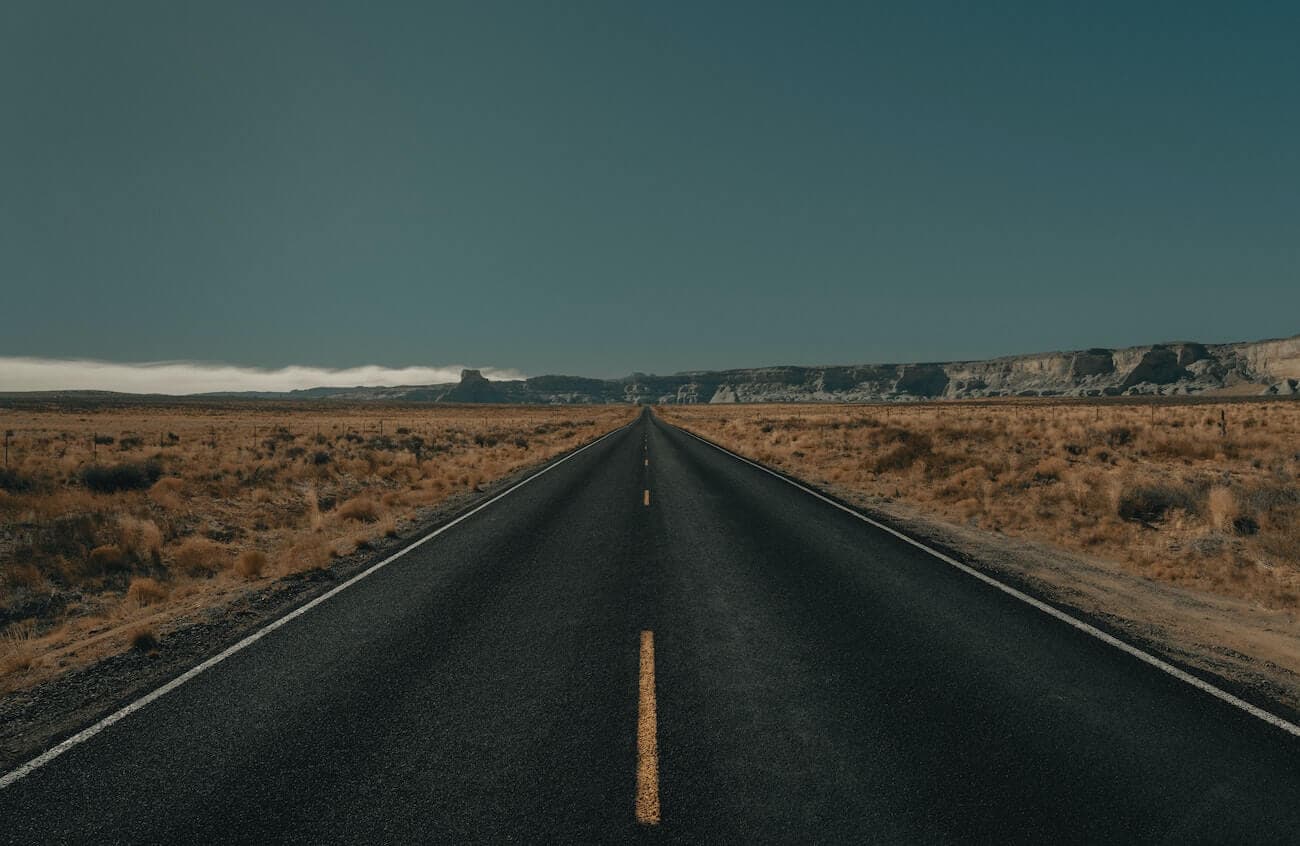How to hike long distances

My approach to hitchhiking tends to have more hitching than hiking. I prefer to find a good spot rather than walk by the side of the road with my thumb out. Even so, whether crossing a big city or enjoying a day in the remote wilderness, walking significant distances with a heavy backpack is an inevitable part of most longer journeys.
Done correctly, it can add a great deal of fun to the adventure.
Pack light
When you're on the road full-time for a long time, it feels like you need a lot of gear. Sleeping bags, clothes, food, musical instruments -- it all adds up. I once foolishly hitched round Europe with more than half my bodyweight attached to my shoulders -- including 15kg of expensive climbing gear that I refused to abandon.
And man, did I suffer for it.
The heavier your pack, the harder the hike on your body. So only take what you need.
Refuel often
Millennia of persistence hunting has fine-tuned our human bodies to walk long distances. But we still need energy to walk.
When hiking long distances, I try to eat an energy bar every hour or so. Bars with dates and nuts as their primary ingredients work best for me. Trail mix, dried meats, and cheeses can also be good. I avoid chocolate, ice cream, and candy as the sugar crash is rarely worth the short-term boost.
Things which take longer to digest (think pasta, pizza, etc.) are best saved for longer breaks.
Hiking suppresses appetite, and processing the food into fuel takes a little time, so it's best to eat proactively rather than wait until you're hungry. Make sure you drink a little water each time you eat. These techniques have allowed me to rapidly hike distances of 50km+ without fatigue.
Play mental games
Hiking is a physical activity -- but often it's also a mental challenge. Boredom and discomfort are much harder to overcome than sore feet.
I've found these mental games to be essential on longer, more difficult hikes.
Count to 100
It sounds simple, but it's the most effective pain-relief technique for endurance that I know.
Count to 100. When you reach 100, start again. Crucially, never think about how many times you've reached 100. If you count past 100, just reset to zero when you notice.
This game is simple enough that you can zone out, but complex enough to distract from the mild physical pain of walking. It encourages a process-orientated mindset rather than a goal-seeking mindset, which is perfect for maintaining morale over long distances.
Reframe pain
Once physical discomfort rises to a level where counting is no longer effective, I'll begin reframing the pain. This is usually in the form of an optimistic conversation with myself: "Yes, my legs hurt. But my shoulders feel good, my breathing is good, 90% of my body is good". As that percentage drops lower, I'll think, "Sure, my body isn't used to these movements, but that's okay. Everything I'm feeling is temporary; there's no injury in my body, and tomorrow I'll be stronger."
The key is not to deny the pain, but to acknowledge it and frame it as something that will pass without creating any serious problems.
Pick milestones
Occasionally, you'll enter into a zone of suffering where the pain is to significant to ignore. At this point it's probably best to stop and rest - but if you have to keep going, the last mental game goes like this: pick a milestone, around 3-5m away. Reach that milestone. Then pick another one.
It's essential not to pick a milestone that's too far -- even 5-10m is too distant if you're seriously exhausted. It should be a distance that is easily achievable in your current state, in order to avoid feelings of doubt or fear from setting in.
When I fell sick in the mountains of Spain, this technique helped me cover 18km to the nearest road for help - well after total exhaustion had set in.
Stay positive
A long distance hike with a heavy bag is likely going to involve some degree of discomfort. If you focus too much on the pain, or start to doubt your ability to reach your destination, it'll be a much tougher journey. Combining an optimistic attitude with a good sense of humour can make the physical challenge much easier - you may even surprise yourself at how easy long distances can feel.
One thing to remember is that discomfort often comes in waves -- you might be hurting after 30 minutes, and then feel great after an hour. Don't assume things will just gradually get worse -- because they probably won't.
Even though the distances you'll hike while hitchhiking are unlikely to be much more than 10-15km, knowing you can walk out of any situation is a reassuring feeling.
How do you make walking long distances easier while hitchhiking? Send an email to contribute@howtohitchhike.com and if I publish your advice I'll buy you dinner.
Chris Drifte travelled the world on a shoestring budget for the better part of a decade before writing Rules of Thumb, sharing his hitchhiking advice with thousands and earning ★★★★★ on Amazon.